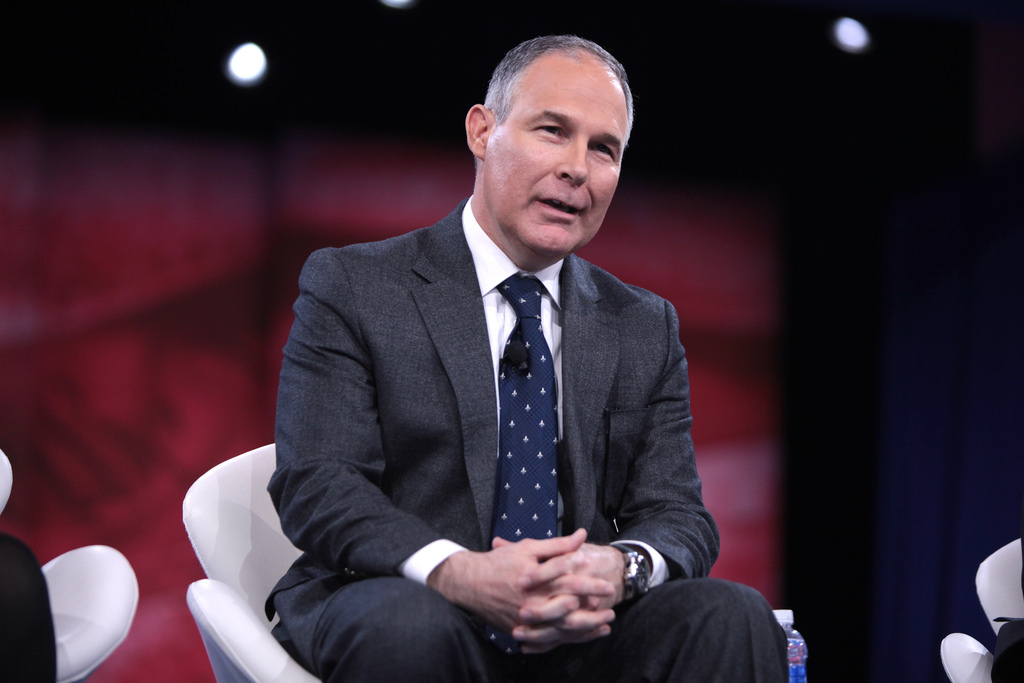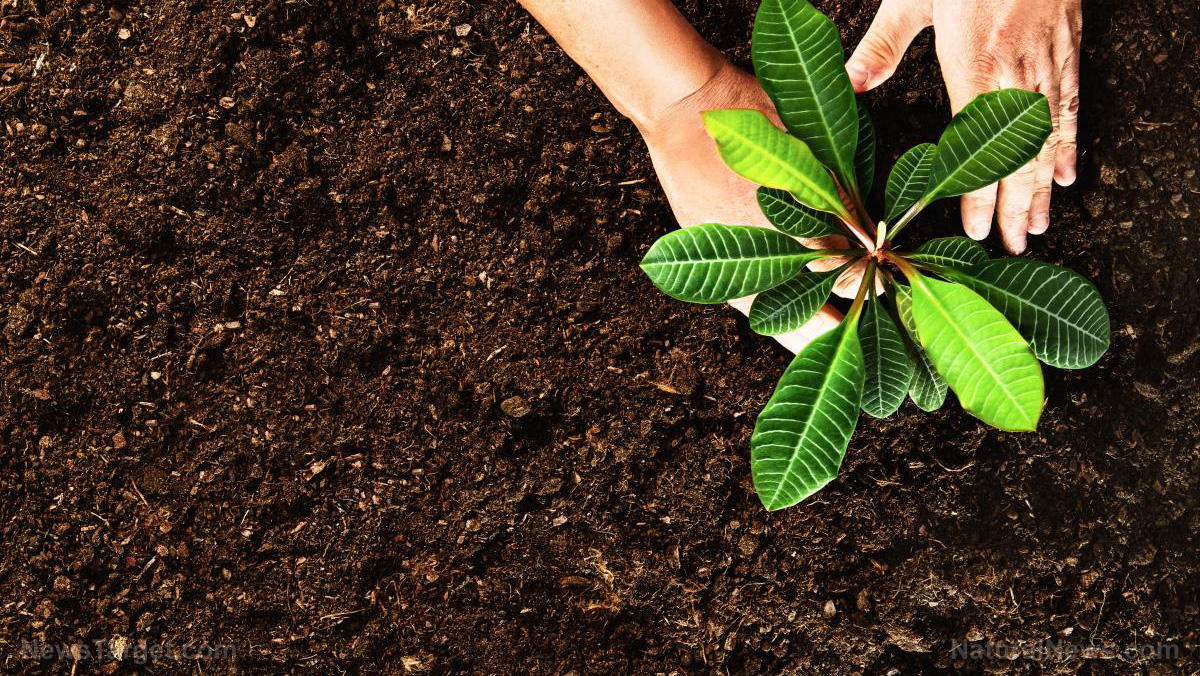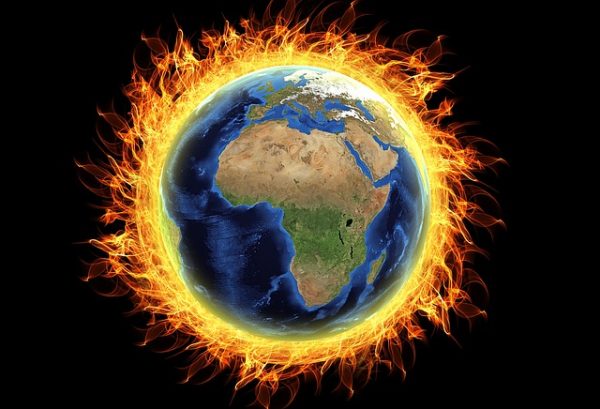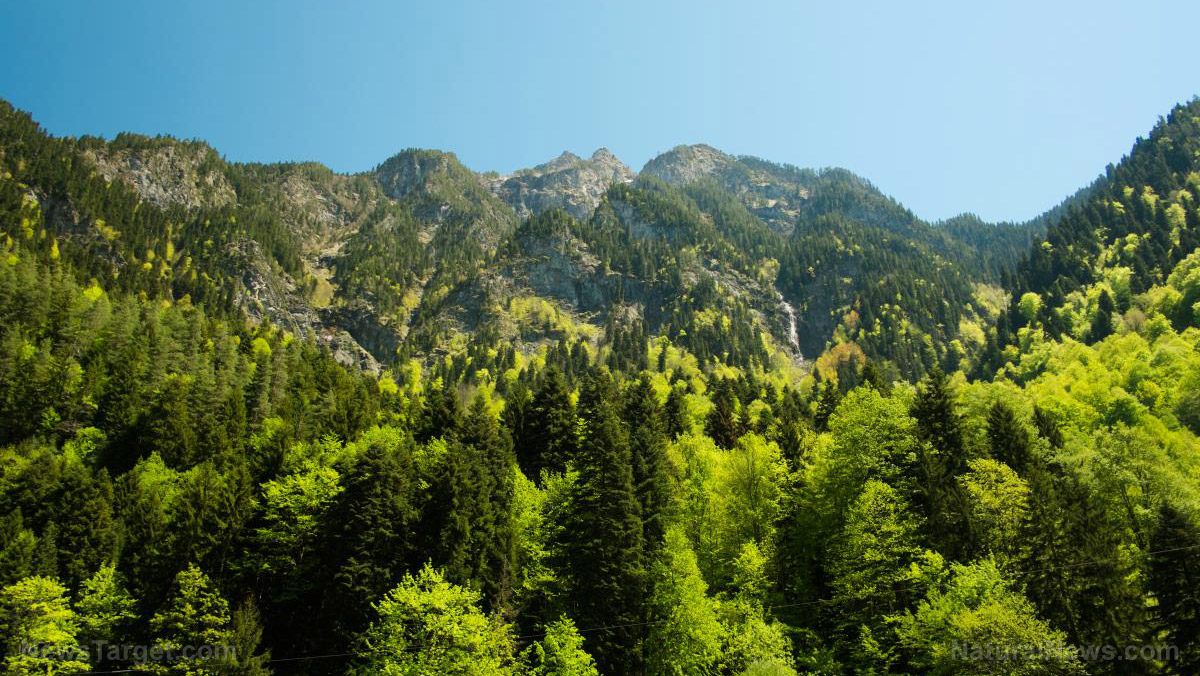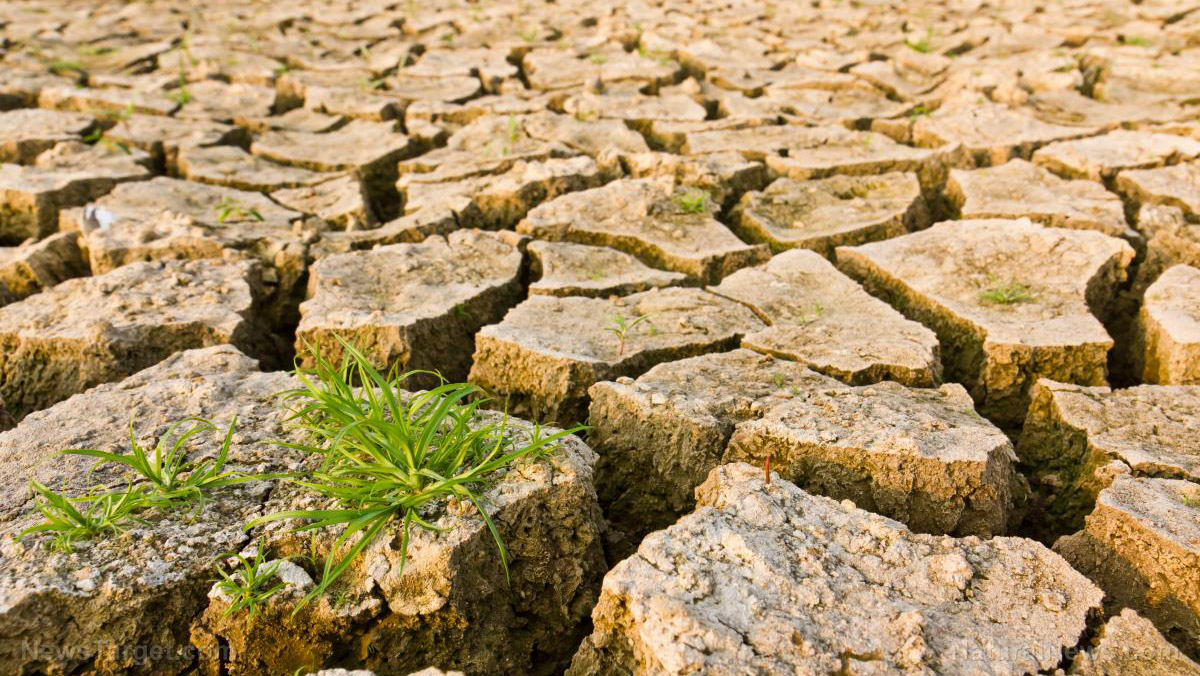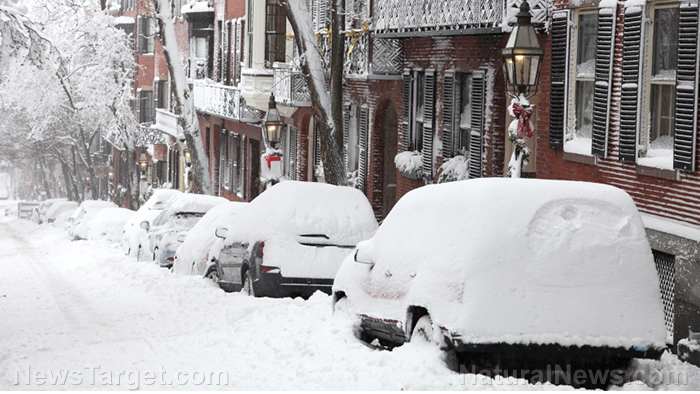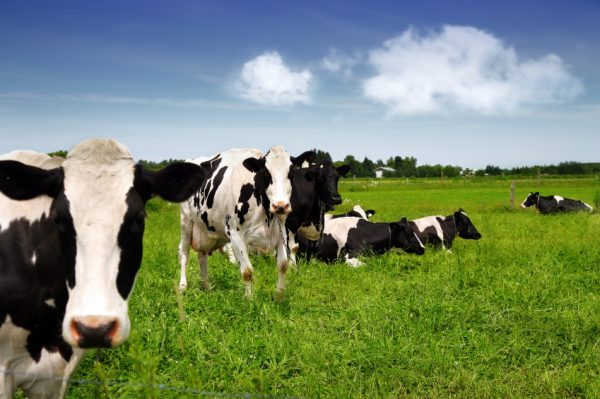Climate change alarmists are quick to point out what they perceive to be the negative effects of warmer temperatures, including droughts on one hand and excessive rainfall on the other. What they are not so quick to point out are the advantages of a warmer climate. One of these advantages was recently highlighted in a study conducted by researchers from the Technical University of Munich (TUM), which found that urban trees – which are exposed to warmer temperatures – are growing at a considerably faster rate than rural trees.
Urban areas are subject to what is known as the urban heat island (UHI) effect. Increased human activity in a confined area causes metropolitan areas to be considerably warmer than their surrounding rural neighbors. This increase in temperature can be as little as 3 degrees or as much as 10 degrees Fahrenheit.
With urban areas worldwide bursting at the seams and growing at an exponential rate, the research team, led by Professor Hans Pretzsch, wanted to examine the effects of the UHI effect on trees in these crowded environments.
The scientists collected heartwood samples from 1,400 mature trees in cities in different climate zones across the planet, including Cape Town, Hanoi, Berlin, Brisbane, Paris, Munich, Houston, Santiago de Chile, Prince George and Sapporo.
“We can show that urban trees of the same age are larger on average than rural trees because urban trees grow faster,” said Professor Pretzsch. “Further observation showed that the relative difference in size between urban and rural trees decreases with increasing age, but still remains relevant. While the difference amounts to about a quarter at the age of 50, it is still just under 20 percent at a hundred years of age.”
The heat generated by the UHI effect speeds up the growth of trees in two important ways:
1. It promotes photosynthesis; and
2. It extends the vegetation period, or time during which the trees can grow.
The researchers warn, however, that this accelerated growth can also lead to accelerated aging, and municipal managers should be conscious of planting new trees to replace dying ones on a regular basis. (Related: If you care about the environment visit Environ.news.)
Since trees provide numerous benefits for city dwellers, including improving the climate and benefiting their health, as urban areas continue to grow, trees will become increasingly important to the health of cities around the globe.
There are many vital ways in which trees contribute to the health and comfort of city dwellers. (Related: 10 Survival trees EVERYONE should plant on their property.)
The organization Tree People highlights dozens of these, including:
Trees actually combat climate change: Trees absorb CO2, storing the carbon and releasing the oxygen back into the air.
Trees clean dirty city air: Trees contribute to cleaner air by absorbing pollutants and odors and filtering particulates out of the air by trapping them in their bark and leaves.
Trees provide natural cooling: Trees can cool a city by up to 10 degrees Fahrenheit by shading homes and streets, and releasing water vapor into the air.
Trees reduce energy costs: The site notes that three trees placed in the right positions around an urban home can cut its summer air conditioning costs by as much as 50 percent.
Trees save water: The shade from trees reduces the need to water lawns and flowerbeds.
Trees prevent soil erosion: Trees planted on hillsides and other areas susceptible to soil erosion reduce runoff and ensure the soil stays in its place.
Trees provide natural sun protection: Trees reduce the exposure of children to harmful UV-B rays by up to 50 percent when they are planted extensively in schoolyards and gardens.
Trees provide physical healing: Studies have revealed that patients who have an outside view of trees heal faster and with fewer complications from injuries or surgery.
Trees provide mental healing: Tree-lined streets reduce the levels of fear experienced by people and in turn provide calm and reduce incidents of violence.
Clearly, there are many reasons to plant more trees, and we should be grateful that warmer temperatures are encouraging their growth in our crowded cities.
Sources include:
TUM.de
FAO.org
TreePeople.org


